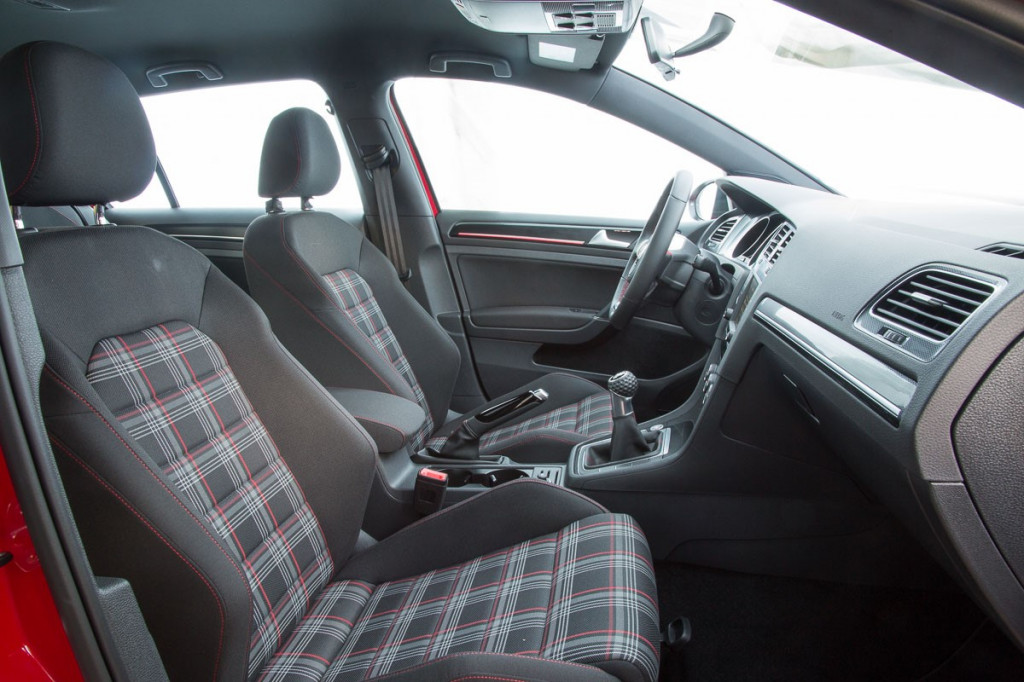Today's Volkswagen enthusiasts take plaid seats and golf ball shift knobs for granted, but few know the story of how those two came to be part of the Golf GTI's DNA.
For both, you have just one woman to thank: a porcelain painter, chocolatier and candy box designer named Gunhild Liljequist. Hired to VW's design team in charge of fabrics and colors at the age of 28, she contributed these two elements of interior design that have since become staples of the iconic hot hatch.
Liljequist's personal aesthetic favored black and white patterns, but she went out of her way to embrace color at a time when experimentation was culturally necessary. It was Liljequist's travels abroad that ultimately inspired her choice for the GTI's interior fabrics.
Volkswagen designer Gunhild Liljequist
"I took a lot of inspiration from my travels around Great Britain and I was always taken by high-quality fabrics with checked patterns…you could say that there is an element of British sportiness in the GTI," Liljequist said.
As for the golf ball shift knob? Completely spontaneous.
"I just expressed my sporting and golf associations out loud: 'how about a golf ball as the gear knob?'"
Plaid seats in the Volkswagen GTI
By VW's own admission, neither choice was an immediate hit within the company. But, after bypassing that initial resistance, Liljequist managed to gain converts. Her contributions would go on to be much-loved parts of the GTI's heritage—and still relevant elements of its modern interior.
Liljequist was also an early pioneer of pearlescent paint finishes, having experimented with applying transparent foils to create the effect.
She also looked to her experimental side when she designed the Etienne Aigner edition Mk1 VW Golf Cabriolet, which was, outside of the famous Harlequin Golf, perhaps one of the model's most flamboyant special editions.


